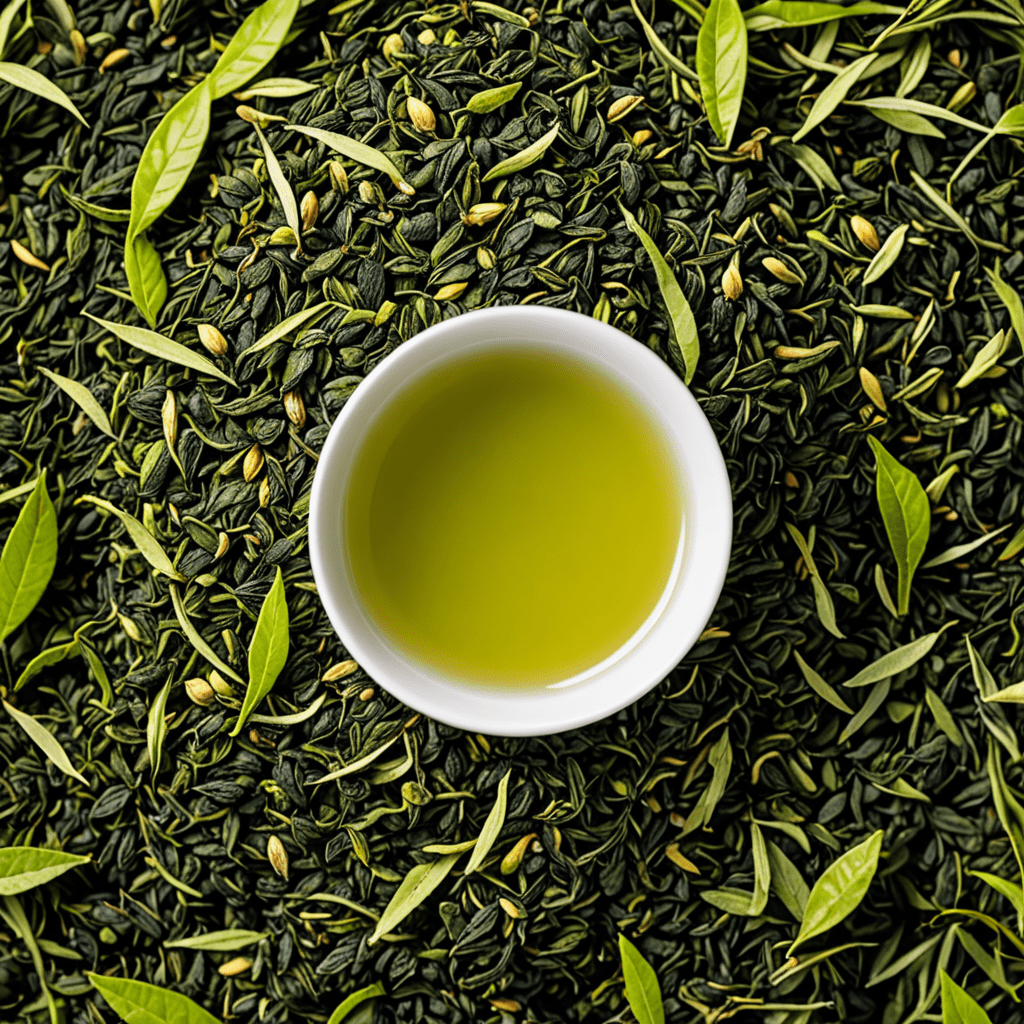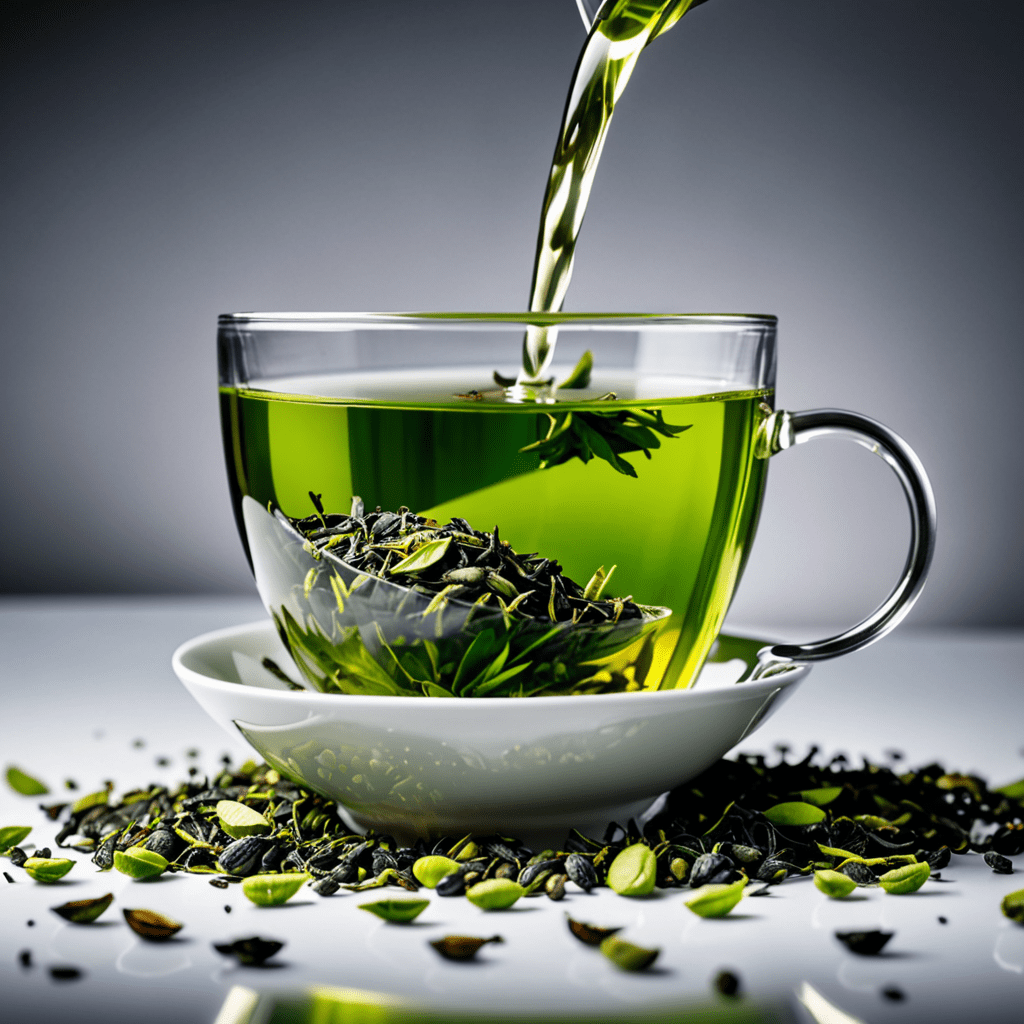
The Origin Story of Black Tea: Uncovering Its Rich Heritage
Introduction
Black tea, with its bold flavor and robustness, has gained widespread popularity among tea enthusiasts worldwide. But have you ever wondered where this delightful beverage originates from? In this blog post, we delve into the origins of black tea, exploring its rich heritage and the fascinating journey it has taken across the centuries.
Ancient Beginnings: China
Black tea finds its roots in ancient China, where the tea plant, Camellia sinensis, was first discovered. The Chinese people have long been cultivating and consuming tea, but it wasn’t until the Ming Dynasty (1368-1644) that black tea production began to flourish.
The Birth of Black Tea: Wuyi Mountains and Lapsang Souchong
In the scenic Wuyi Mountains of Fujian province, black tea made its debut with a variety known as Lapsang Souchong. Legend has it that during the Qing Dynasty, the tea leaves accidentally went through an accelerated drying process due to an urgent need to cut production time. This unique smokey flavor quickly garnered attention and became a favorite among tea connoisseurs.
Expansion to Other Provinces: Keemun and Dianhong
As the popularity of black tea grew in China, it expanded beyond the Wuyi Mountains. In the Anhui province, Keemun black tea emerged during the late 19th century. Known for its rich aroma and mellow taste, Keemun tea quickly gained recognition both locally and internationally.
Another significant contributor to the black tea family is Dianhong, hailing from the Yunnan province. Dianhong is distinguished by its golden buds and unique flavor profile, often described as malty and sweet. This tea variety was developed in the early 20th century and has since become a beloved choice for black tea enthusiasts.
Black Tea’s Journey to India: Assam and Darjeeling
While black tea initially originated in China, its journey didn’t stop there. In the early 19th century, the British East India Company began exploring the cultivation of tea outside of China. It was in the northeastern region of India, specifically in Assam, that they discovered a tea plant variety with leaves suitable for making black tea.
Assam black tea, known for its strong and full-bodied character, soon became a favorite in British households. This region’s unique climate and fertile soil proved ideal for tea cultivation, making Assam one of the largest tea-producing regions in the world.
Further north, in the Indian state of West Bengal, lies the renowned Darjeeling region. Darjeeling black tea is celebrated for its delicate aroma, floral notes, and distinct muscatel flavor. With its high altitude and cool climate, Darjeeling provides the perfect conditions for producing some of the finest black teas in the world.
FAQ: Common Questions About the Origins of Black Tea
Q: Are there any other countries besides China and India that produce black tea?
A: Certainly! Black tea is now cultivated in various countries worldwide, including Sri Lanka (Ceylon tea), Kenya, Indonesia, and Vietnam, to name a few.
Q: How is black tea different from other types of teas?
A: Unlike green and white tea, black tea undergoes a process known as oxidation, where the freshly picked tea leaves are withered, rolled, fermented, and then dried. This oxidation process gives black tea its signature dark color, robust flavor, and longer shelf life.
Q: Can black tea be consumed plain, without any additives?
A: Yes, black tea can be enjoyed plain without any additives. However, it is also commonly served with milk, sugar, or lemon, depending on personal taste preferences.


